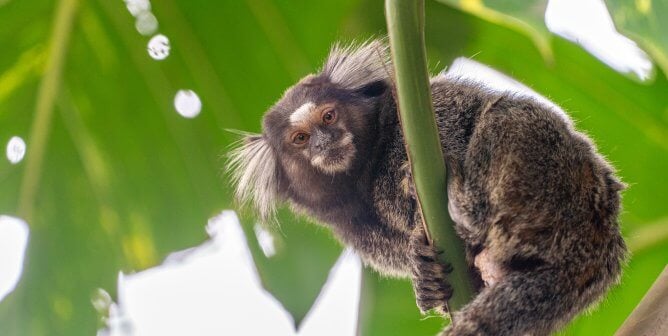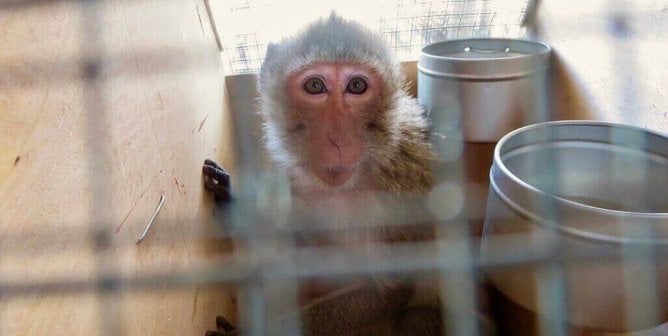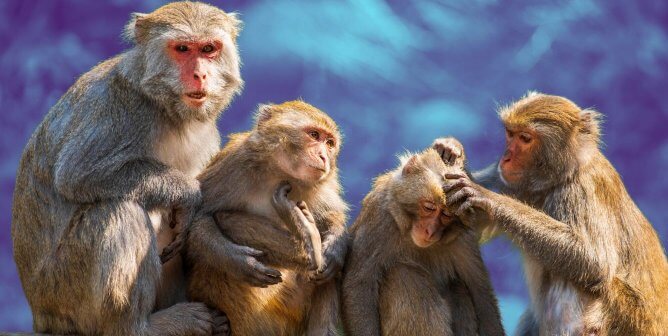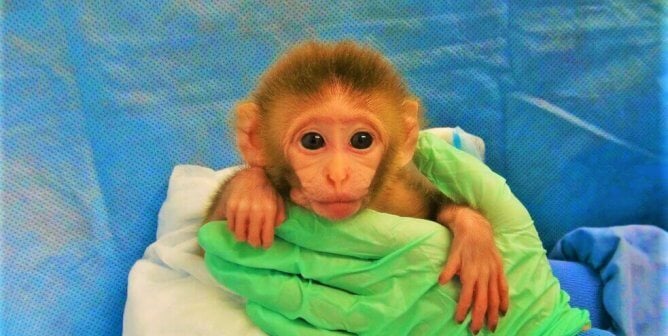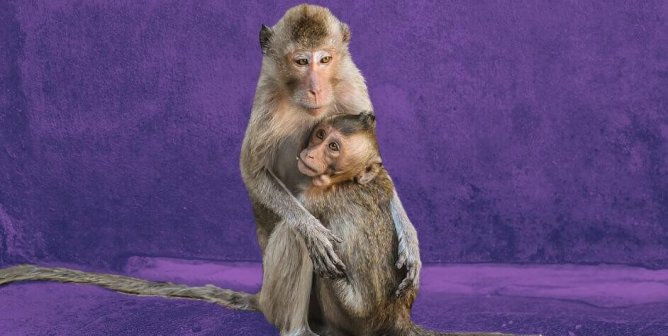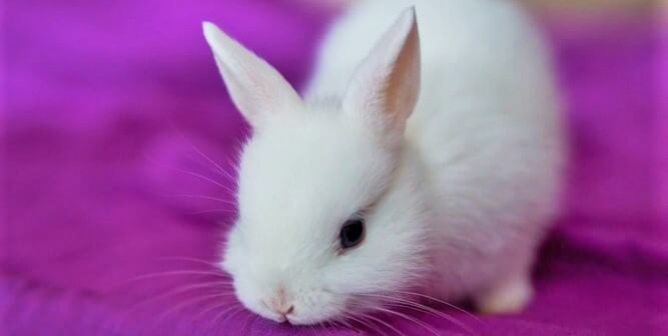Animal Experimentation in Virginia: The Ugly Reality and How You Can Help Animals
Every year, millions of animals in the U.S. suffer and die in training exercises and cruel chemical, drug, food, and product tests. Experiments on animals do not produce human-relevant data, nor do they make meaningful contributions to medical advances. Additionally, many animal experiments are conducted simply out of curiosity and don’t even pretend to hold promise for curing illnesses.
In Virginia, more than 30 registered facilities still keep and experiment on animals. Many of those facilities have repeatedly violated federal animal welfare standards. If regular citizens not in a laboratory subjected animals to the same inhumane conditions as those documented in federal reports, their actions would be grounds for criminal cruelty charges. Violations have included the following:
- Performing multiple operations on baboons without institutional approval
- Neglecting chinchillas to the point that they lost nearly one-third of their bodyweight
- Starving a newborn piglet to death
- Allowing a rabbit with a broken leg to die while awaiting medical care
- Letting a cow suffer from heat stress
- Allowing multiple pigs, rabbits, and mice to die of neglect
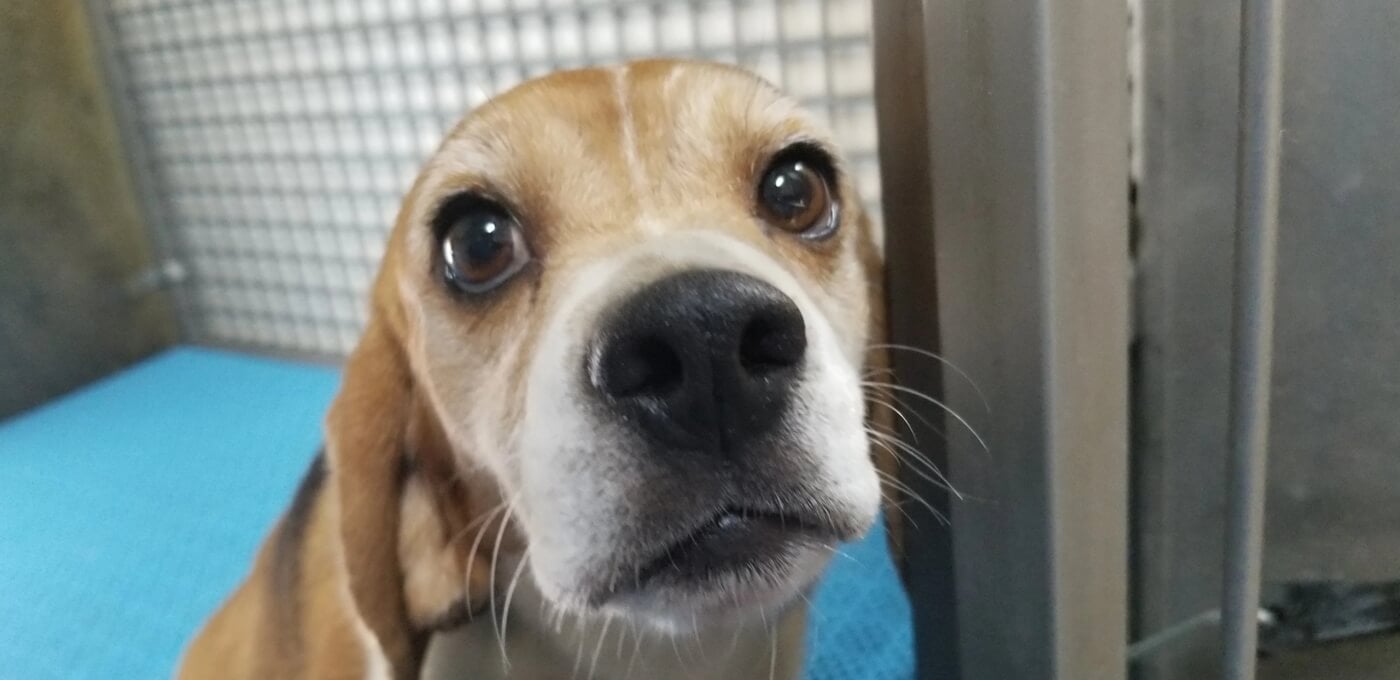
Despite the horrific nature of these violations, animals continue to suffer and die due to negligence and a lack of accountability. Federal oversight agencies (which are responsible for ensuring that facilities comply with federal animal welfare laws and regulations) systemically fail to penalize institutions sufficiently—or often at all—and facilities are allowed to continue operating.
“Dealers and other facilities had little incentive to comply with the [federal Animal Welfare Act] because monetary penalties were, in some cases, arbitrarily reduced and often so low that violators regarded them as a cost of doing business.”
—Office of Inspector General’s 2014 audit of the USDA’s Animal Plant and Health Inspection Service’s oversight of research facilities, page 10
In 2021, 7,252 animals protected by the federal Animal Welfare Act (AWA) were used in Virginia-based testing facilities. However, this number represents only approximately 5% of the animals actually used, since most species (including those most commonly used in experiments, such as mice and rats) aren’t protected by the AWA. There is currently no mechanism to track the total number of animals per species used in experiments in the Commonwealth (or anywhere else). The information we do have is often difficult, expensive, or nearly impossible to obtain, even though many facilities receive state and/or federal taxpayer dollars to test on animals.
Transparency and accountability are vital with respect to animal experimentation, as they ensure that animals are afforded the basic standards of care to which they are entitled under law. We’ve compiled a depository of information, which you can use to learn about the reality of animal experimentation in Virginia—and how, in many cases, publicly funded facilities use, abuse, and exploit animals in the name of “science.”

